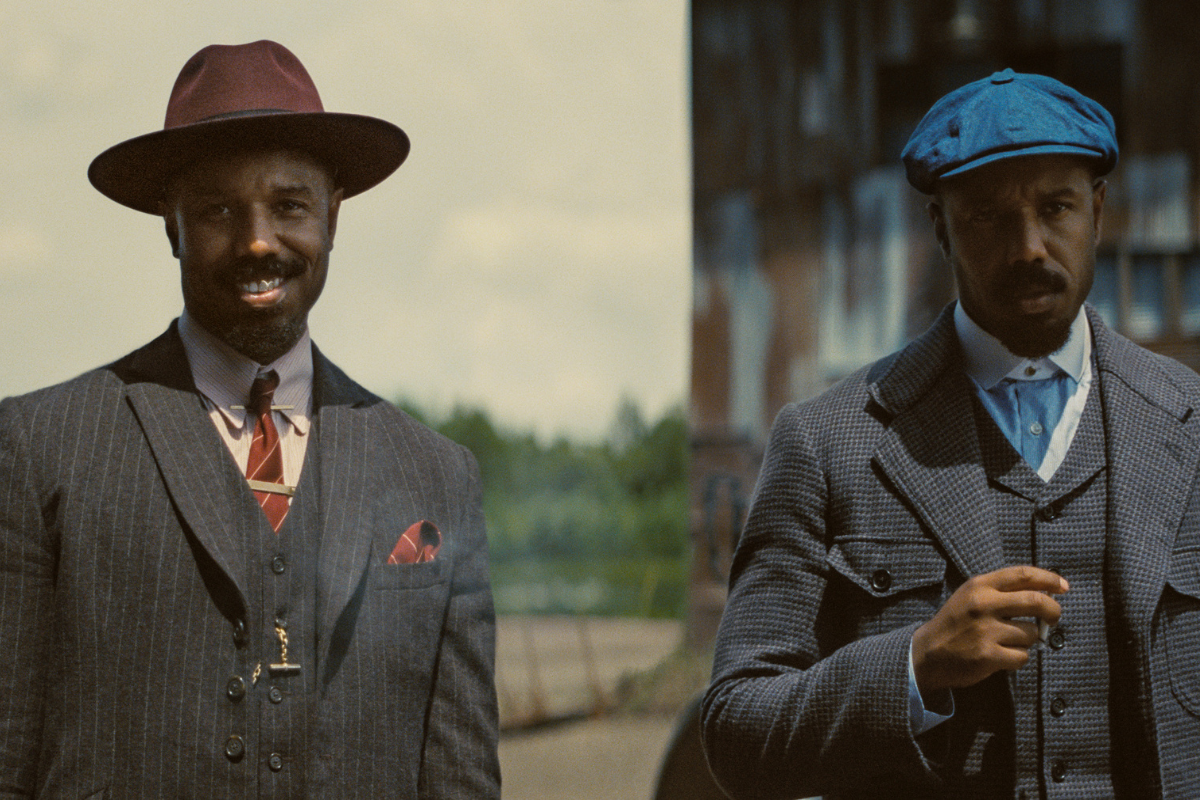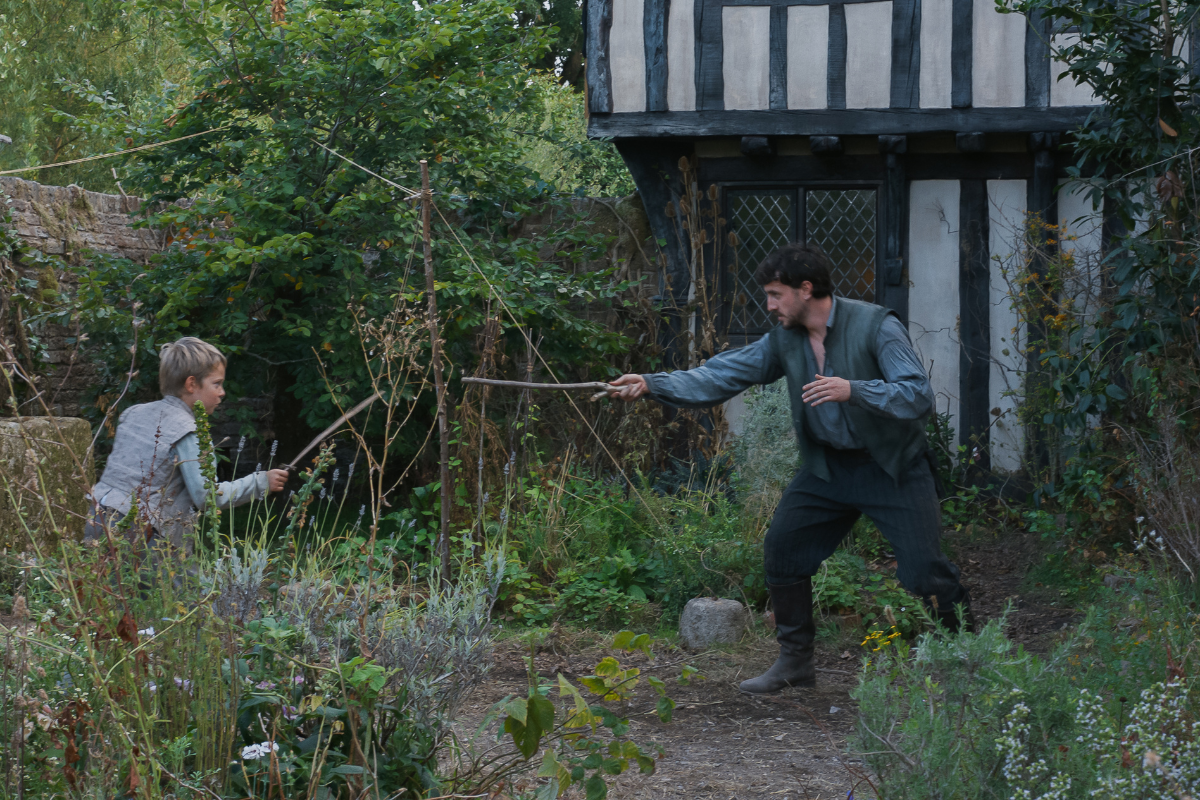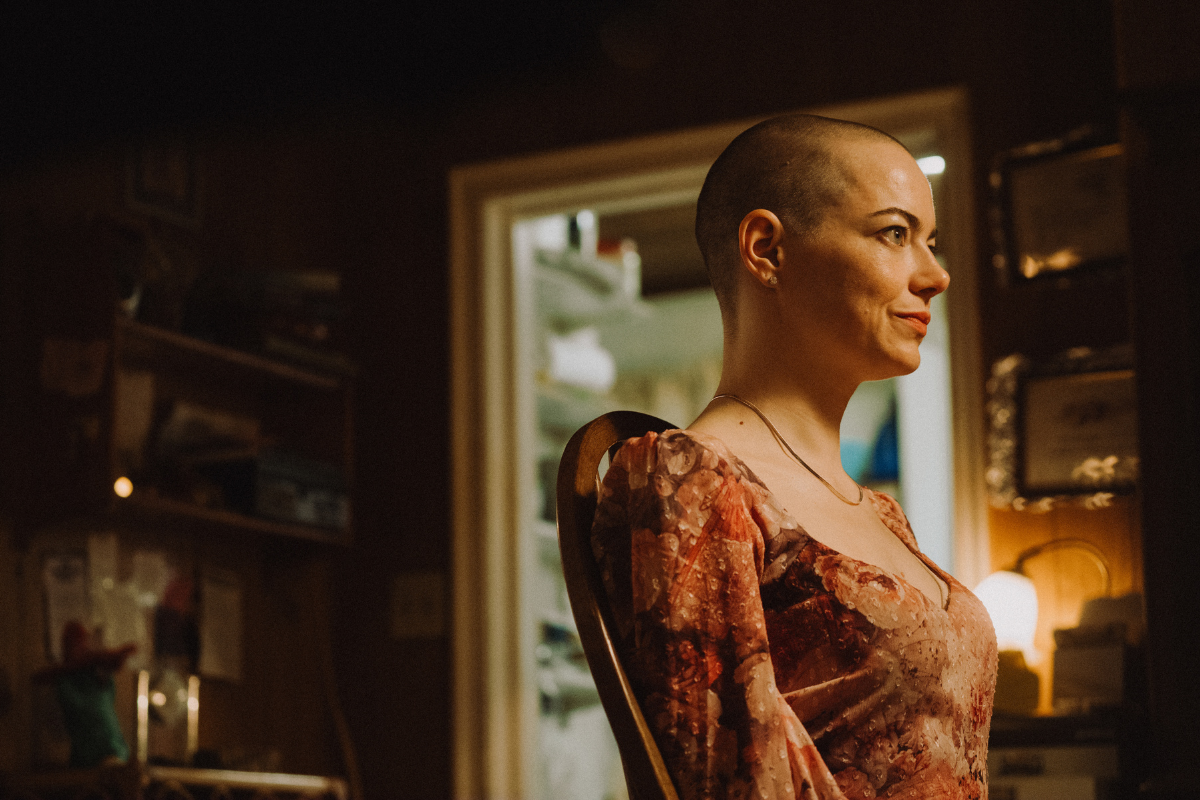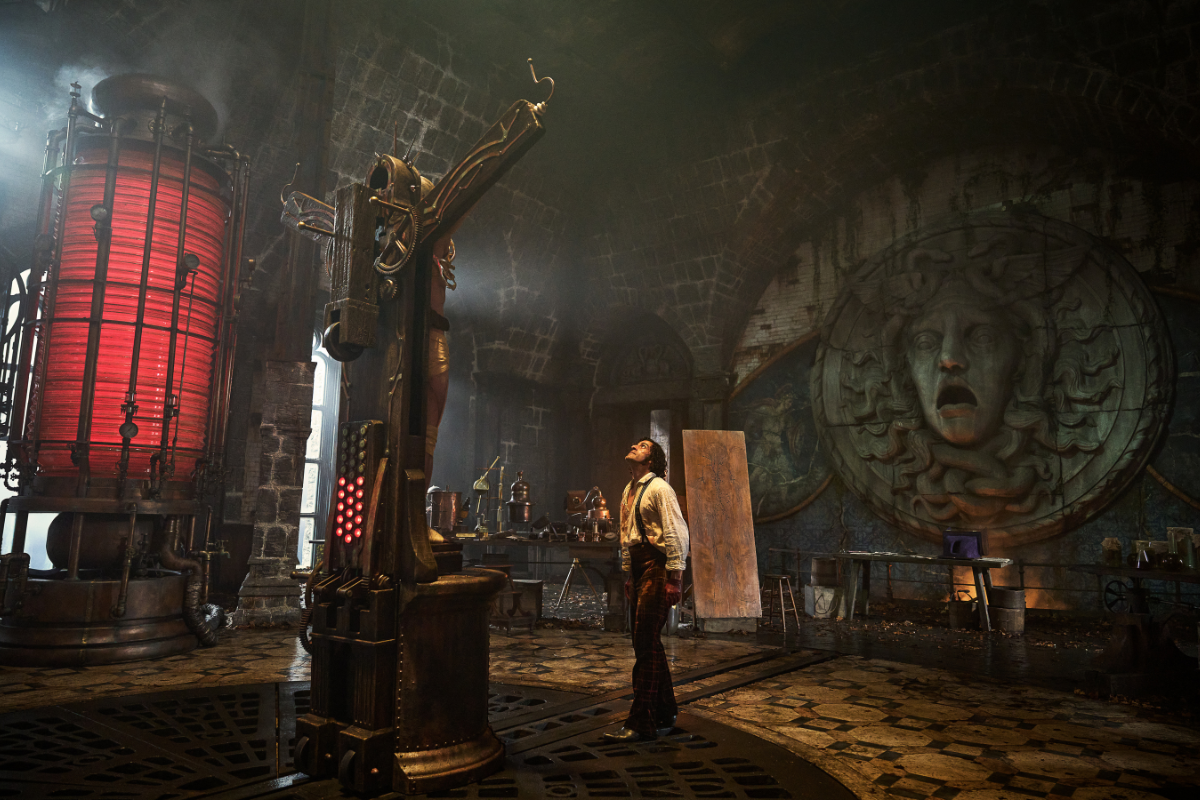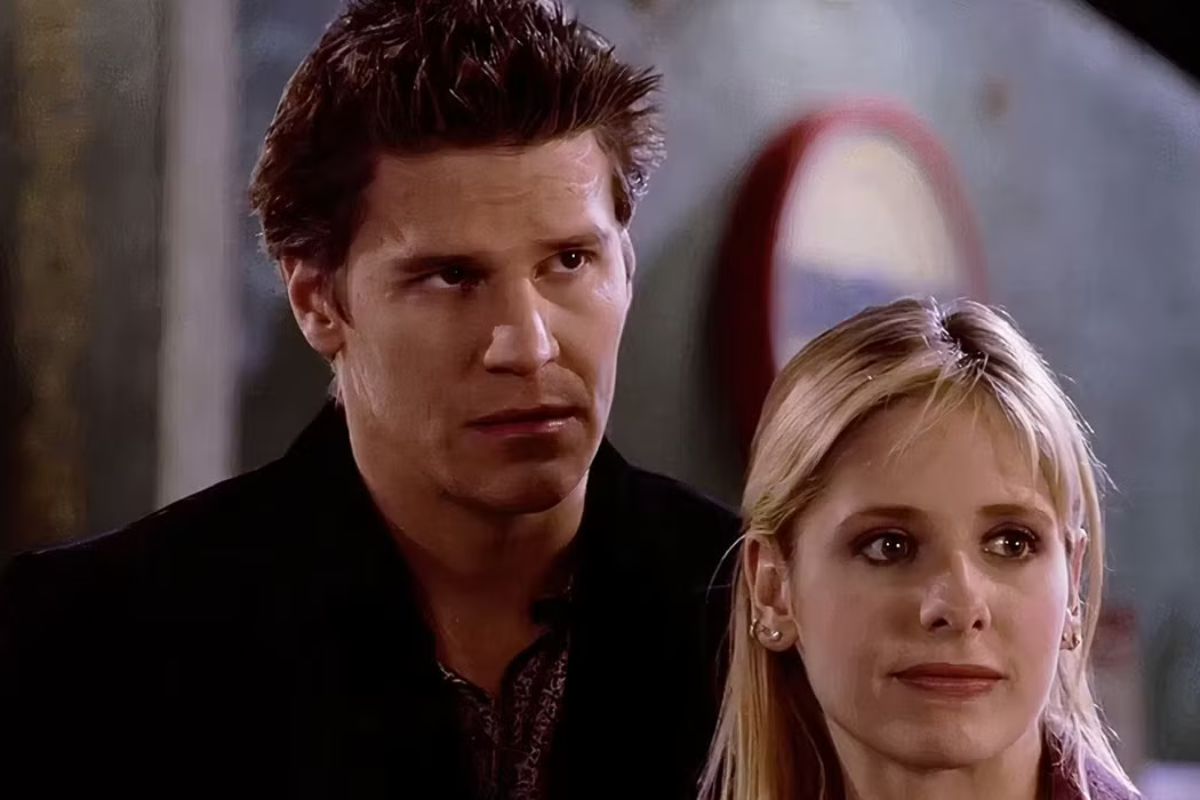WHAT’S IN A MIND?: Understanding Antagonists
The antagonist is arguably the most complex and fascinating character. Script analyst, Kayley Loveridge, explains how to create the perfect engaging and complex antagonist.
Antagonists are arguably the most complex and fascinating characters. Script analyst, Kayley Loveridge, explains how to create the perfect complex antagonist.
Kayley Loveridge is an international story analyst and script consultant from the UK, with a penchant for character development. She has analysed screenplays from new and aspiring writers to Hollywood veterans and hosts writers rooms in London to inspire the creation of new ideas in a world overrun with rewrites and sequels. Catch her on twitter for screenwriting tips and general ramblings: @k_loveridge1
I love a good ‘bad guy.'
I also love a good ‘bad woman.’
If a film or screenplay makes me loath but love, then empathise but hate the antagonist - all in one sitting - then a massive bravo to that screenwriter from yours truly (insert standing ovation here).
The antagonist is arguably the most complex and fascinating (and definitely my personal favourite) character in fiction, and as a story analyst, it always makes me fist pump the sky in my mind when I come across that rare gem in a script. What you’ll be pleased to know, is that not every screenwriter with agents or huge credits in Hollywood are completely exempt from writing the odd ‘flat’ antagonist, so how can you plump him/her up and deliver a full-bodied and exciting character?
The key is in his psychology. Who is the antagonist and why does he do the things he does? As the writer, you are responsible for giving soul and consciousness to your characters, and when you allow for your characters to become three dimensional, sentient beings, they become decision makers for themselves and this is what ultimately drives the plot forward.
“If we could read the secret history of our enemies, we should find in each man's life sorrow and suffering enough to disarm all hostility.”(Henry Wadsworth Longfellow)
For every action the antagonist takes in opposition to their protagonist, there must be a motivation, a reason behind their choices. These could stem from:
- A Superiority complex (more on that later)
- Anger
- Fear
- Love / Familial protection
- Power
- Money / Fame
- Revenge / Vengeance
They don’t have to demand sympathy, but more rather, generate empathetic response in the audience.
A significantly key thing to consider when writing the antagonist, is that he is the protagonist in his own story – his motivations and actions are what he believes to be right for himself or for the greater good (even if his actions are completely morally wrong); but his placement in the story is always to conflict with the protagonist.
An easy way to visualise this is with a recent example, En Sabah Nur (Apocalypse) in X-Men: Apocalypse. His motivation is to rid the world of the weak (humans) and to rise in ultimate power as the new god. The protagonists protect the planet, and fight for the weak, and it’s this sense of moral ethic that we in the ordinary world are familiar with, that proves triumphant.
So, in order to understand the antagonist’s thought process, you need to understand their history.
“Everything I learned of human nature, I learned from me.” (Chekhov)
The basic principles of profiling a character may seem so simple but are often overlooked – particularly with the antagonist.
Like with the protagonist, consider:
- Who is their family?
- What kind of family upbringing did they have, if at all?
- Social class?
- What school did they go to?
- Did they get bullied or did they bully someone?
- Maybe this didn’t happen and they were invisible?
- Maybe they were popular?
- Did they once have love? Have they ever found love?
- Did they have a pet?
- Are they allergic to anything?
You get the idea.
The more detailed the antagonist’s past, the more you will begin to relate to them and this is when the character becomes authentic and ‘real’ for the audience, too. This exercise also acts as a solid foundation to work in those set up’s and pay offs later on, too.
From here, you might want to delve deeper and consider how their history defines their psychology and behaviour in the now. Think: antisocial personality disorders - Psychopathic and Sociopathic traits - particularly for those writing in the drama and thriller genres.
All humans can naturally exhibit small amounts of each, but ordinarily, people suppress these with empathy and their moral compass. The trick is to look deep into the dark side of your own psyche, consider your own personal experiences and observations and how these translate into issues later on in life. This is probably harder to achieve than it seems; being brutally honest even with yourself sets up for exhaustion - but remember, it’s only yourself you have to have that chat with!
Using psychopathic and sociopathic traits (at varying levels dependent on the type of antagonist you’re writing) tends to act as strong foundations in well written antagonists - in fact, some of the most successful antagonists in cinema exhibit these.
According to Psychology Today, PSYCHOPATHIC traits consist of:
- Inability to form emotional attachments or empathy towards others
- Manipulative
- Able to mimic emotions
- Contrived and meticulously organised (i.e. with crimes they may commit)
- Ultimately able to use their ability to mimic and manipulate to appear normal and charming
Gone Girl’s antagonist, Amy Dunne, is the perfect example of a psychopath. Her upbringing and childhood fame made her existence feel fake and she also found out her husband had been cheating on her. She learned to mimic emotions instead of actually feel them after a lifetime of adhering to others expectations of her and this made her emotionally disengage with everyone around her.
Her ability to manipulate and commit severe crimes for personal gain stems from an unstable self-image. So, the spectator empathises and understands her movements; we are simultaneously disgusted while she manages to capture moments of our sympathy throughout the narrative.
Now, SOCIOPATHIC traits consist of:
- Nervousness and agitation
- Prone to emotional outbursts
- No regard for society or societal rules
- Crimes will generally be haphazard and spontaneous – unlike the psychopath
- Difficult but possible to form attachments with others
So somewhere else along the social personality disorder spectrum, a good example of a sociopath is Lil Zé in Fernando Meirelles’ City of God. Lil Zé grew up in a poverty stricken favela in Brazil and is the leader of a gang; his only real friendship is with his partner in crime (Benny). He uses fear to control those around him and is sporadic in his murders, killing anyone who annoys him at that particular moment. He is described as unattractive and when he feels inadequate, he uses brute force to gain personal feelings of superiority. Whilst he is feared, he lessens crime in the favela after killing his enemies off, which in turn lessens police attention and increases the peace in his society.
Now a quick touch on something I mentioned earlier - other notable psychological disorders besides the above includes the Superiority Complex; a term that was first coined by psychologist Alfred Adler. This suggests that a person with a superiority complex shows a pattern of behaviours that expresses the strong personal belief of their superiority; a self-image of supremacy that conceals a subconscious feeling of inferiority.
This psychological disorder is worth considering when writing antagonists for romance and comedy genres; antagonists in these genres tend to be nonviolent (and not particularly ‘villainous’), but act on personal insecurities to push a plot forward - another hugely relatable tactic to engage empathy in your audience.
In this case, think Regina George in Mean Girls. She uses her sexuality and popularity to make other girls feel bad about themselves. Her feeling of superiority is damaged when Cady Heron dates the boy she likes which makes her comfort eat, put on weight and ultimately feel bad about herself – her inferiority is revealed.
This can also be applicable in antagonists that fall under close family and friends of the protagonist. Inferiority masked as superiority often tends to manifest itself in step-family members who are conveyed as antagonists, particularly in children’s fiction. The step-parents inability to bond with the unwilling step-child is processed as a goal to establish hierarchy and power of which actually stems from fear and feelings of weakness. The traditional step-mother portrayal is villainous and not particularly relatable (think Disney’s Snow White and Cinderella), while more recent writers have been able to further develop this archetype into characters whose notable inferiority evokes empathy in its audience (Parent Trap). No matter the differences in their portrayal and character progression, they all act from deep rooted feelings of weakness in relation the protagonist.
At the risk of jabbering on, I’ll give a final little tip: let the antagonist succeed in their goal at points in the narrative. Allow them to believe that they are the hero in their own story so that when the protagonist swoops in to ‘save the day,’ denting the antagonist’s sense of power, their weaknesses begin to leak through organically. This vulnerability will allow your audience insight into what makes them tick without wasting white space with too much exposition.
Taking notice of the personality traits and using the examples above, it’s easy to see how great writers are able to engage an empathetic response in their audiences; these antagonists are not ‘good’ people, but we now understand why they do the things they do. Making the audience connect on a cellular level with the antagonist is the most powerful way to write a believable antagonist, and you do this by ‘becoming’ him whilst writing; make him do or believe in something that I, the reader, can personally believe in.
- More articles by Kayley Loveridge
- Script Notes: Can the Protagonist Be the Antagonist?
- What is Story?: Psychopath - The Ultimate Antagonist
Get more help crafting the perfect villain with Kathy Berardi's webinar,
The Craft of Writing Great Villains
Kayley’s journey into screenwriting came from a love of independent drama and thriller films; she is now an international story analyst and script consultant from the UK, with a penchant for character development. She has analysed screenplays from new and aspiring writers to Hollywood veterans, and hosts writers rooms in London to inspire the creation of new ideas in a world overrun with rewrites and sequels. Catch her on twitter for screenwriting tips and general ramblings: @k_loveridge1


